Will a 1200 CFM blower be just as effective in 63" hood vs a 48" hood?
eliasgrace
7 years ago
last modified: 7 years ago
Related Stories

KITCHEN DESIGNHow to Choose the Right Hood Fan for Your Kitchen
Keep your kitchen clean and your home's air fresh by understanding all the options for ventilating via a hood fan
Full Story
KITCHEN DESIGNWhat to Know When Choosing a Range Hood
Find out the types of kitchen range hoods available and the options for customized units
Full Story
KITCHEN APPLIANCESWhat to Consider When Adding a Range Hood
Get to know the types, styles and why you may want to skip a hood altogether
Full Story
KITCHEN APPLIANCESThe Many Ways to Get Creative With Kitchen Hoods
Distinctive hood designs — in reclaimed barn wood, zinc, copper and more — are transforming the look of kitchens
Full Story
5 Stunning Modern Range Hoods
Today's kitchen range hoods can look like sleek sculptures. Here's what to look for when you go shopping for one
Full Story
KITCHEN DESIGNA Cook’s 6 Tips for Buying Kitchen Appliances
An avid home chef answers tricky questions about choosing the right oven, stovetop, vent hood and more
Full Story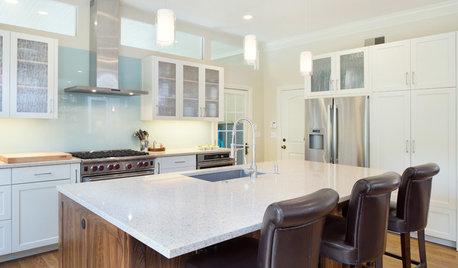
KITCHEN DESIGNModern Storage and Sunshine Scare Away the Monster in a Kansas Kitchen
New windows and all-white cabinetry lighten a kitchen that was once dominated by an oversize range hood and inefficient cabinets
Full Story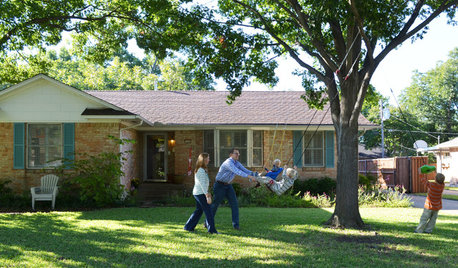
MOVINGHouse Hunting: Find Your Just-Right Size Home
Learn the reasons to go bigger or smaller and how to decide how much space you’ll really need in your next home
Full Story
GREEN BUILDINGInsulation Basics: Heat, R-Value and the Building Envelope
Learn how heat moves through a home and the materials that can stop it, to make sure your insulation is as effective as you think
Full Story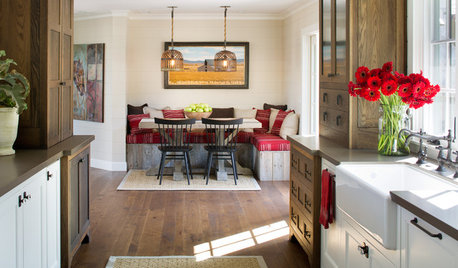
KITCHEN DESIGN15 Farmhouse Kitchens That Made Us Swoon This Month
Raw wood, natural light, shiplap siding — we just couldn’t get enough of these farmhouse-style kitchens uploaded to Houzz in January
Full Story





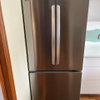
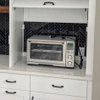
Jakvis
kaseki
Related Professionals
East Islip Kitchen & Bathroom Designers · East Peoria Kitchen & Bathroom Designers · Ojus Kitchen & Bathroom Designers · Andover Kitchen & Bathroom Remodelers · Avondale Kitchen & Bathroom Remodelers · Biloxi Kitchen & Bathroom Remodelers · Creve Coeur Kitchen & Bathroom Remodelers · Niles Kitchen & Bathroom Remodelers · Republic Kitchen & Bathroom Remodelers · Roselle Kitchen & Bathroom Remodelers · Vienna Kitchen & Bathroom Remodelers · Prior Lake Cabinets & Cabinetry · Stoughton Cabinets & Cabinetry · Universal City Cabinets & Cabinetry · Bellwood Cabinets & Cabinetrypractigal
kaseki
practigal
eliasgraceOriginal Author
kaseki
eliasgraceOriginal Author
kaseki
eliasgraceOriginal Author
kaseki
eliasgraceOriginal Author
wokcooker
kaseki
wokcooker